
NPS Plants, animals, and mushrooms are the eukarya most of us know. Millions of unseen, microscopic members of this kingdom exist throughout our world, including in the extreme environments of Yellowstone. Norris Geyser Basin is one of the best places to see thermophilic algae. Bright green Cyanidioschyzon grows on top of orange-red iron deposits around Whirligig and Echinus geysers and their runoff channels. Waving streamers of Zygogonium are especially easy to see in Porcelain Basin, where their dark colors contrast with the white surface. From the boardwalk crossing Porcelain Basin, you can also see larger eukarya, such as ephydrid flies. They live among the thermophilic mats and streamers, and eat, among other things, algae. The species that lives in the waters of Geyser Hill, in the Upper Geyser Basin, lays its eggs in pink-orange mounds, sometimes on the firm surfaces of the mats. Part of the thermophilic food chain, ephydrid flies become prey for spiders, beetles, and birds. 
NPS Some microscopic eukarya consume other thermophiles. A predatory protozoan, called Vorticella, thrives in the warm, acidic waters of Obsidian Creek, which flows north toward Mammoth Hot Springs, where it consumes thermophilic bacteria. Thermophilic eukarya include one form that is dangerous to humans: Naegleria, a type of amoeba, that can cause disease and death in humans if inhaled through the nose. Although they aren’t visible like mushrooms, several thermophilic fungi thrive in Yellowstone. Curvularia protuberata lives in the roots of hot springs panic grass. This association helps both survive higher temperatures than when alone. In addition, researchers have recently discovered a virus inside the fungus that is also essential to the grass’s ability to grow on hot ground. Of all the thousands (if not millions) of thermophilic species thriving in Yellowstone’s extreme environments, the eukarya are the group that bridges the world of thermophilic microbes with the larger life forms—such as geese, elk, and bison—that thrive in ecological communities beyond the hot springs. 
Thermal Biology Institute, Montana State University Source: Data Store Collection 7681. To search for additional information, visit the Data Store. 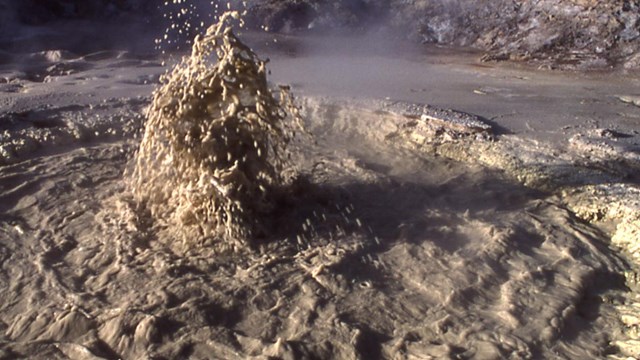
Thermophilic Archaea
Archaea are the most extreme of all extremophiles. 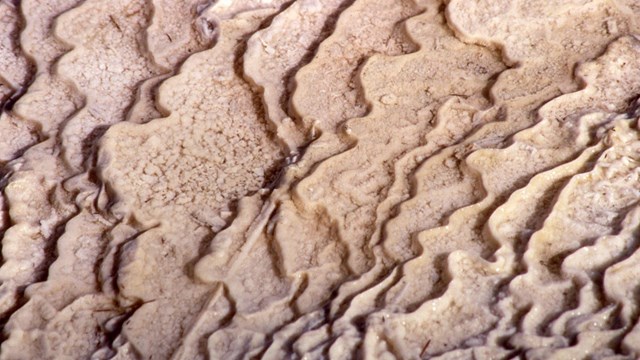
Thermophilic Bacteria
Almost all hot springs and geysers host thermophilic bacteria. 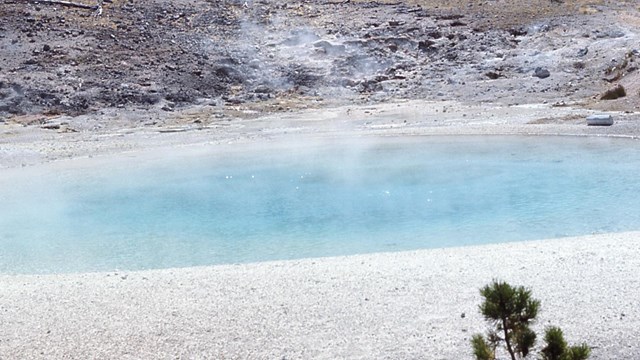
Thermophilic Viruses
Viruses, a logical part of thermophilic ecosystems, have been found in some pools in Yellowstone. 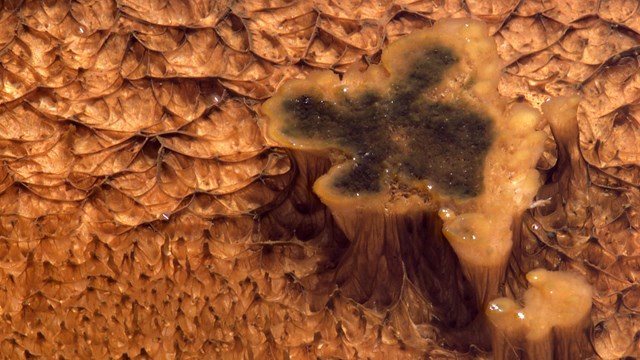
Thermophilic Communities
Thermophilic communities are very diverse, depending on the microbes living there, the pH, and the water temperature. 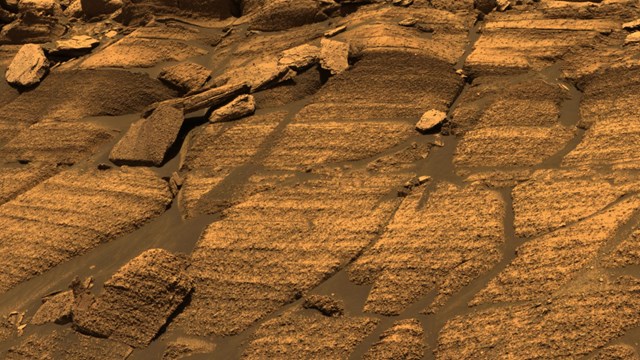
Thermophiles in Time and Space
Yellowstone's hydrothermal features and thermophilic communities are studied by scientists searching for evidence of life on other planets. 
Life in Extreme Heat
Hydrothermal features are habitats for microscopic organisms called thermophiles: "thermo" for heat, "phile" for lover. |
Last updated: August 29, 2019
